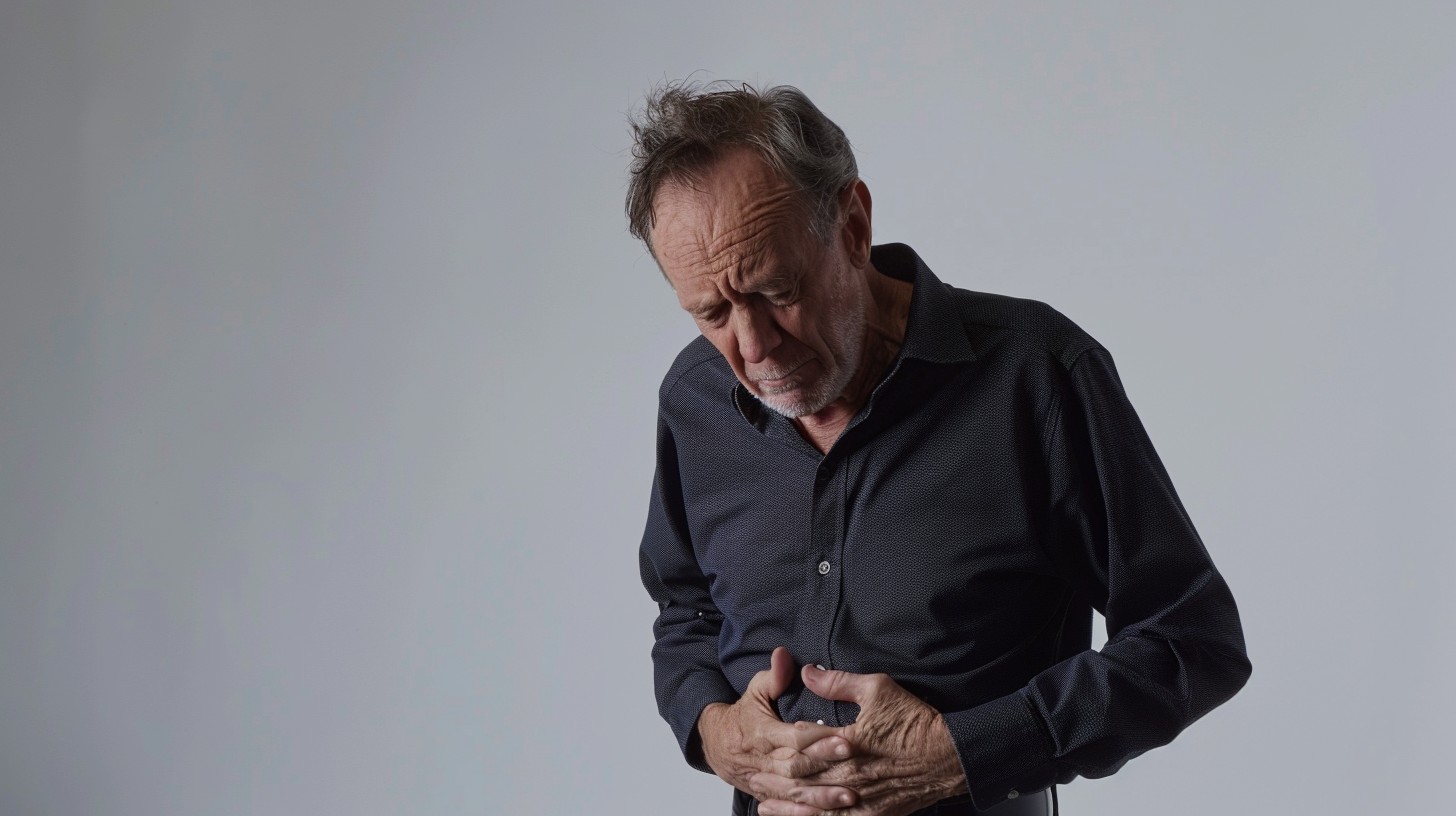The endocrine system is a highly intricate system that regulates various hormones in the body and ensures homeostasis. This system works through various organs to ensure the optimal functioning of different processes and works via hormonal signals. This system has its origin in the brain at the site of the hypothalamus.
The hypothalamus is the control centre of the endocrine system and also plays an important role in regulating the body’s temperature. The hypothalamus secretes various hormones, which in turn stimulate the pituitary gland. This gland is situated at the base of the brain. When this gland receives signals from the hypothalamus, it is stimulated to release various other hormones which will be transported to their allocated organs to stimulate these organs to perform their functions and produce and secrete their allocated hormones, which will result in an action in the body.
Endocrine Organs and Their Function
Thyroid Gland
The thyroid gland is a butterfly-shaped gland that is present in the front part of the neck. This gland plays an important role in regulating a person’s metabolism by producing and secreting thyroid hormones known as triiodothyronine (T3) and thyroxine (T4). These hormones play an important role in regulating metabolic processes in the body. It can occur that the thyroid becomes over- or under-active due to other biological reasons, causing an increased or a decreased metabolism, which can result in side effects on one’s health.
The other hormone that the thyroid secretes is calcitonin. This hormone is responsible for decreasing calcium levels in the bloodstream in cases where these levels are elevated. It usually inhibits the work of osteoclasts, which inhibits the breaking down of bones and limits the release of calcium into the bloodstream. It also works by down-regulating the amount of calcium reabsorbed from the kidneys in order to be put back into the bloodstream, and would rather lead to the excretion of excess calcium. This is an important balance to maintain, as hyper- or hypocalcaemia can have severe health side effects.
Parathyroid Gland
This gland is situated on the back of the thyroid gland and is responsible for the secretion of parathyroid hormones. These hormones also help to regulate calcium levels in the body. These hormones typically stimulate the release of calcium from its storage space, which is in the bones, it also stimulates the absorption of calcium in the small intestines while also increasing the re-absorption of calcium via the kidneys. These hormones help to prevent the occurrence of hypocalcaemia, which can result in weak bones and fractures.
Liver and Pancreas
The liver receives stimulation from the release of growth hormones from the pituitary gland. The liver is responsible for the metabolism of glucose, lipids, and amino acids, and when stimulated it will secrete insulin growth-like factor 1 (IGF-1), which will stimulate the pancreas to secrete insulin. The pancreas is an important endocrine organ as it regulates blood glucose levels and also sends a negative feedback signal to the brain to stop the secretion of growth hormone when the glucose levels have increased whilst the insulin is working on decreasing the glucose levels.
The pancreas has various cells located in the islet of Langerhans, which regulate insulin secretion and blood glucose levels. Normal functioning of this organ is of extreme importance, as any disruption can lead to improper functioning, which can cause diabetes. Untreated diabetes has major repercussions on one’s health.
Adrenal Gland
The adrenal glands are situated on top of each kidney and consist of two main parts known as the medulla and the cortex. The cortex is the outer layer, which secretes steroid hormones such as glucocorticoids, mineralocorticoids, and adrenal androgens, whilst the medulla is the centre part of the adrenal gland and secretes adrenaline and noradrenaline.
The function of the medulla is to respond to any stressors and activate the flight-or-fight response by secreting adrenaline. The function of the cortex is to release steroid hormones as a response to the stimulation of adrenocorticotropic hormone (ACTH) from the pituitary gland. This action is usually stimulated when the body responds to stress.
The glucocorticosteroids act as an anti-inflammatory and can help to reduce inflammation during disease in the body or after a traumatic event. The release of cortisol is also managed by the circadian rhythm. Cortisol levels rise as the sun rises and decrease as the sun sets, when the levels of melatonin start to rise to initiate the sleep cycle.
Reproductive Organs
The male reproductive organs that function as part of the endocrine system are the testes. The testes receive stimulation from the hormones follicle-stimulating hormone (FSH) and luteinising hormone (LH), which are secreted from the pituitary.
The LH stimulates Leydig cells to produce testosterone, whilst FSH stimulates Sertoli cells to start the spermatogenesis process and produce sperm. The functioning of a male’s reproductive system and ability to reproduce depends on the endocrine system and the balance between these hormones. When an imbalance occurs due to any reason, it can have detrimental effects on testosterone and sperm production, which can lead to fertility problems.
The female reproductive organs that form part of the endocrine system are the ovaries, the uterus, and the breasts. The ovaries are regulated by the female hormones known as progesterone and oestrogen. These hormones are also stimulated by FSH and LH from the pituitary gland and play an important role in regulating the female menstrual cycle. When FSH and oestrogen levels rise, the follicle or the ova is being prepared to be released from the ovaries.
When LH and progesterone levels rise, it prepares the lining of the uterus for the implantation of a fertilised egg. When no implantation occurs, the hormone levels drop and the lining of the uterus is excreted via menstrual bleeding.
Prolactin is a hormone that is secreted from the pituitary gland and is responsible for the development of mammary glands and the production of breast milk. These levels usually rise during pregnancy and breastfeeding. Oxytocin is another hormone that is secreted from the pituitary, this time the posterior pituitary, and is responsible for stimulating contractions of the uterus during childbirth. It also stimulates the contractions of breast tissue to assist in the lactation process after birth.










